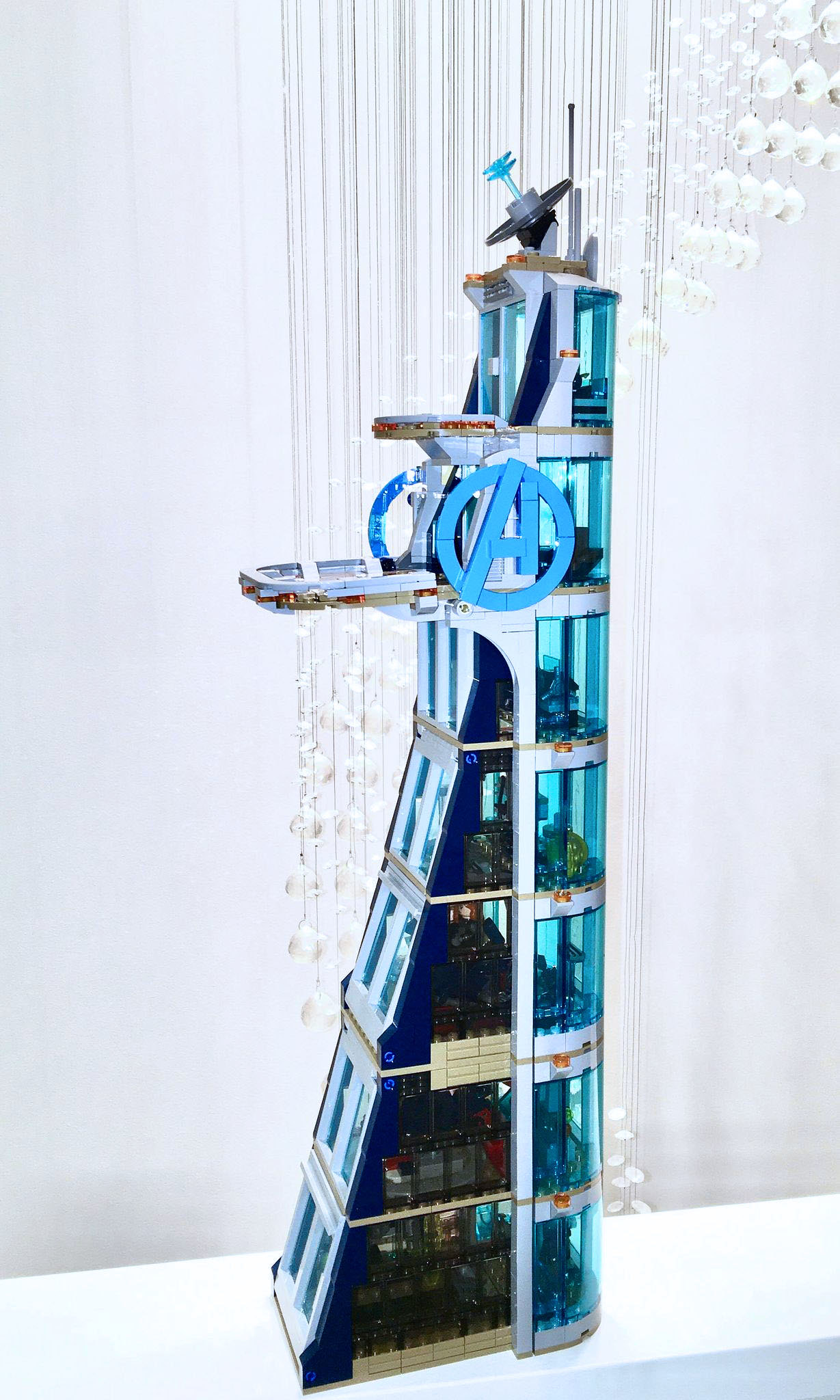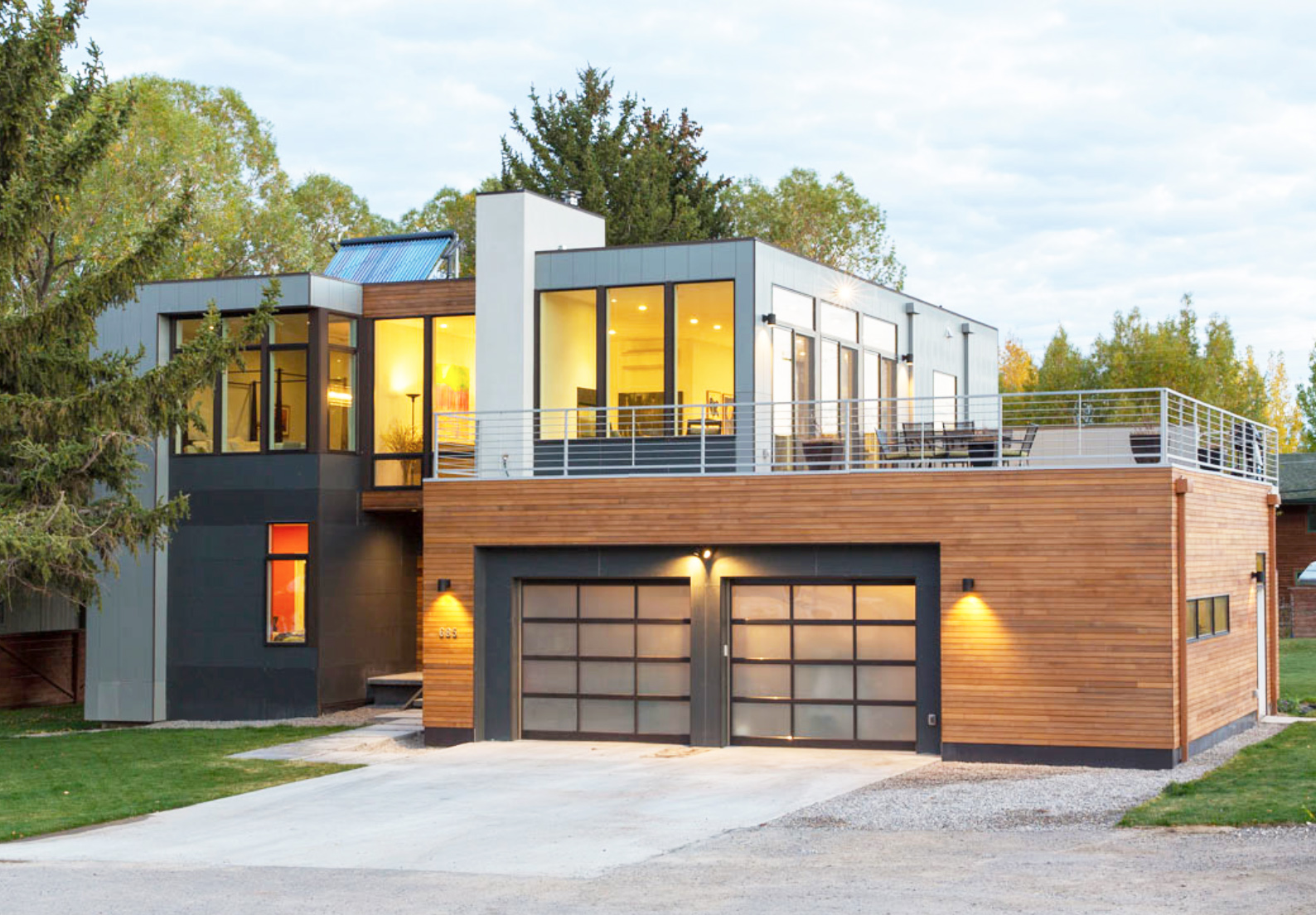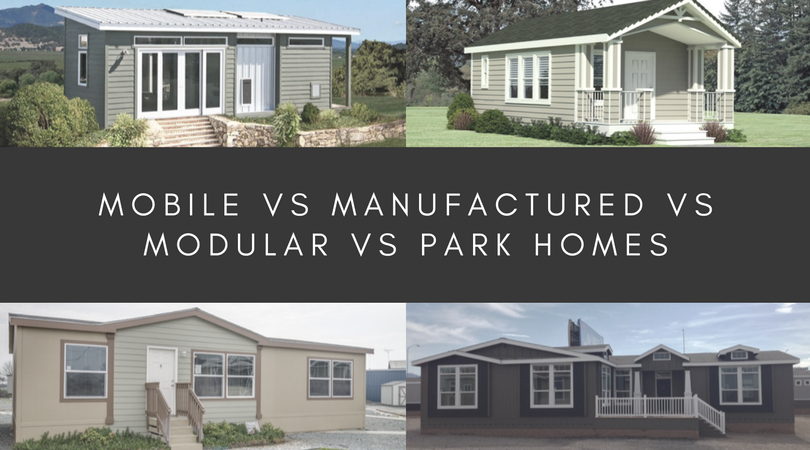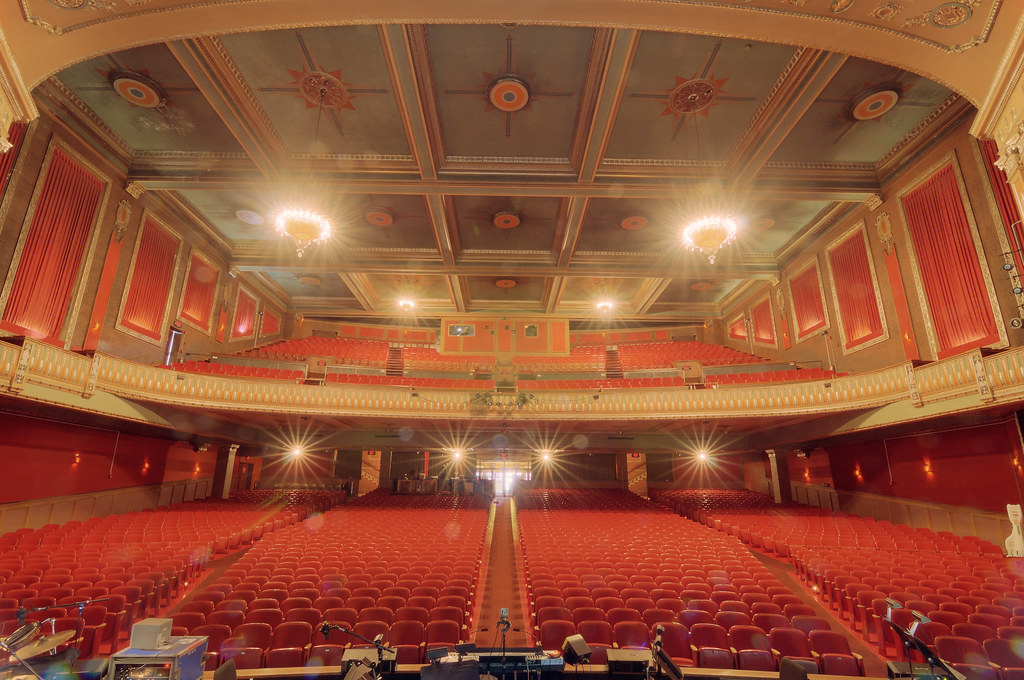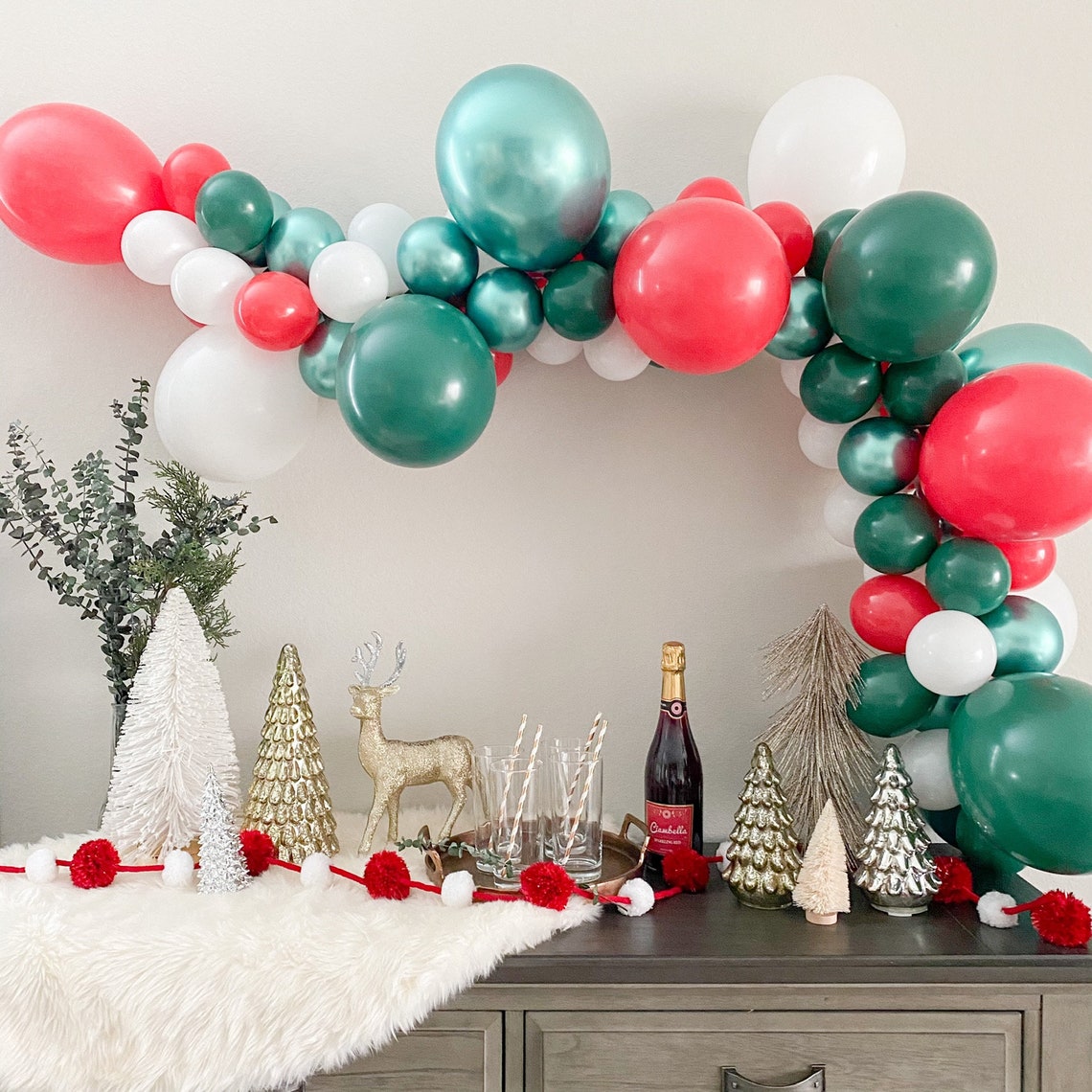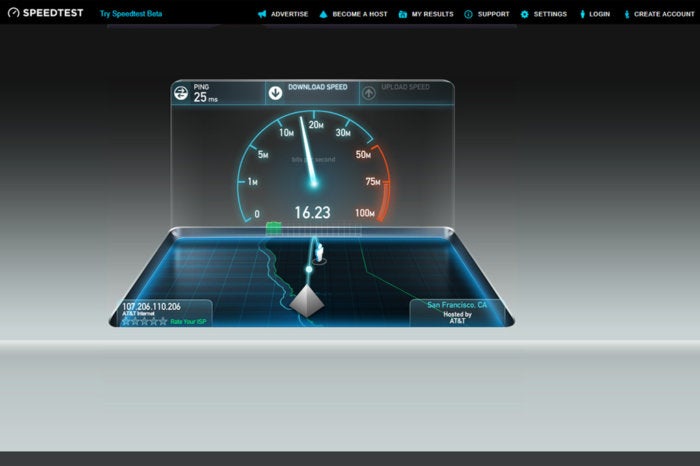Table of Content
The cost of all these features depends on whether you want to buy high-end, fancy, or simple materials. Currently, timber, blockwork, and brick frame developments are at a similar price point. In some cases, you may extend things like ducts into your new addition, but in other cases, this stresses your current system too much.
They are necessary to pull permits in many cases and help you better visualize your finished project. These blueprints include all the necessary details for the job, including light plans, plumbing layouts, and material choices. The average cost of an in-law suite addition is $90,000, with most spending between $78,000 and $135,000 for a 600–750 square foot dwelling. An in-law suite includes one bedroom and one bathroom, a kitchenette, laundry room, living room, and perhaps some storage on the back porch.
How Can I Keep Prefab Extension Costs Down?
Plumbing will run up the cost of your extension at this size too. Bump out additions typically cost between $4,000 and $9,000. As you will need no foundation work, you can save about 15 percent compared with a conventional addition.

This ensures that residential and commercial customers both benefit from saving money and time. These structures are made to order, a completely bespoke design for each property. If you are looking for kitchen or bedroom and walk-in shower modular maybe the most cost effective solution. The average room or house addition costs $86 to $208 per square foot, with most homeowners spending between $22,500 and $74,000.
Attic Extension Cost
So, they may offer a quicker construction, but they are not the same as a prefab building which is completed offsite. A conventional extension is usually made of brick and located at the rear of the property. They usually cost around £17,000 to £45,000, depending on the size and materials used. To obtain planning permission, you will need to make an application which should cost around £206.
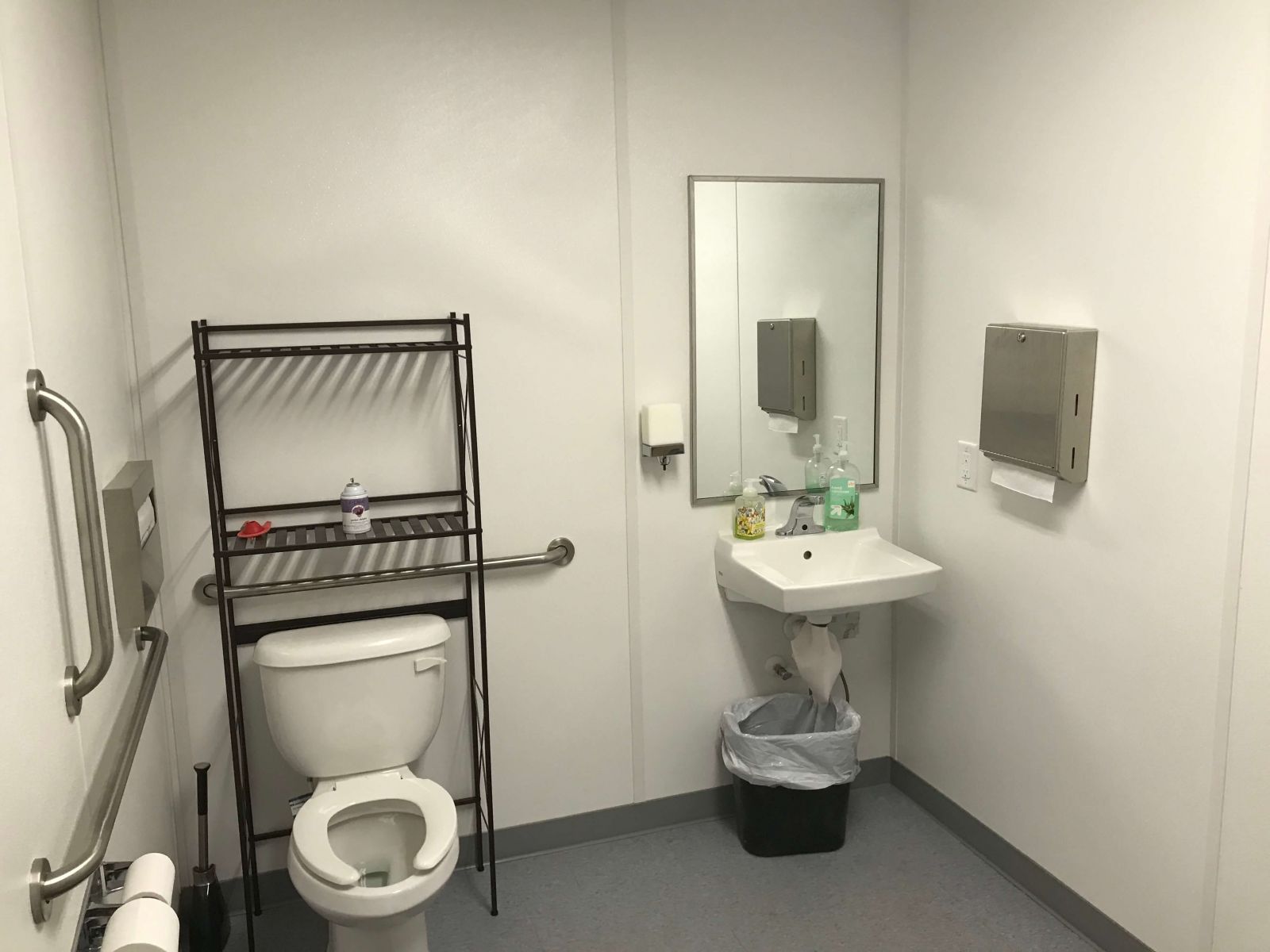
Flatpack extensions are pre-constructed and installed by professionals, as they involve complex design, planning, construction and installation. The actual fitting itself involves the use of a crane or to lift the extension into place. That is because they don’t require the same amount of workforce to build. Nor do they need all the construction equipment and skips that are needed to get rid of waste.
Where Can I Build a Prefab Extension?
Smaller sunrooms in high wind or snow load climates cost more than larger units built in mild climates. We build partition walls in modular house extensions creating multiple rooms if required. Pratt Modular Homes prices range from $65 to $100 per square foot or between $39,900 to $218,400, not including the finishing costs on-site.
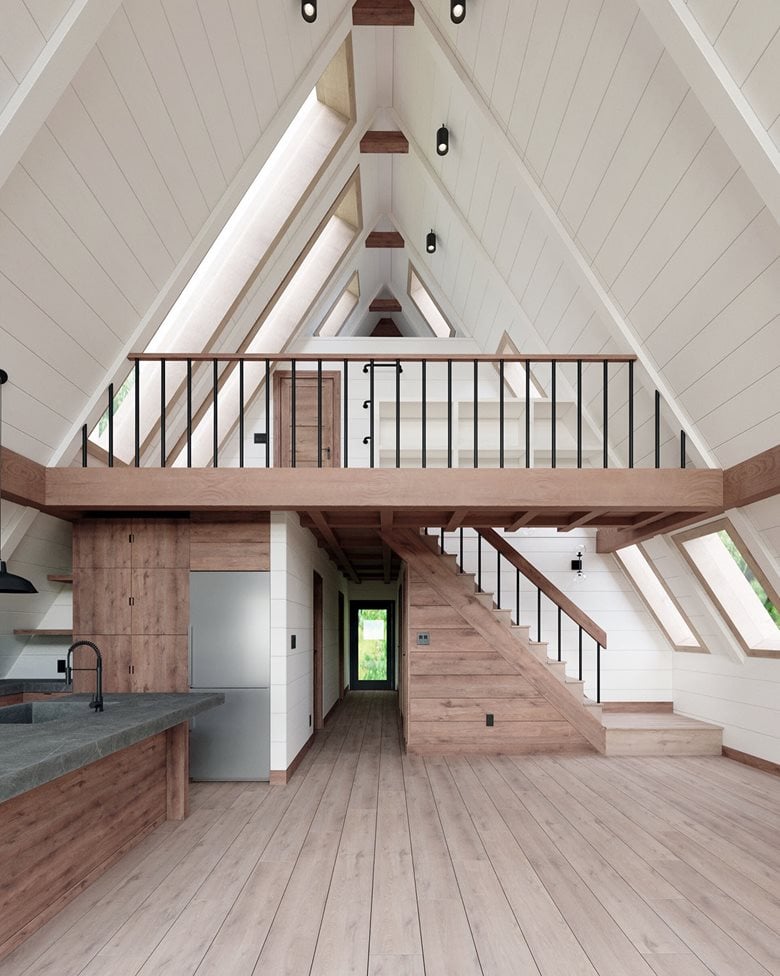
Second story additions have much higher costs than adding a room on the ground level3 of your home. They involve removing your roof and attic, adding a new floor, walls, and roof for several rooms. This often makes the cost per square foot between $300 and $500, and it is common for the total addition cost to reach $150,000 to $200,000 for homes that are 1,000 sq.ft. However, you could save some money if you can lift off the existing roof with a crane and reinstall it on the new second story. Our modular house extensions are prefabricated, which reduces the time that is needed on site.
Contractors prepare the land, connect the sections onto a foundation, and hook-up the utilities to complete construction. We work with all the best modular extension contractors ready to price your job. Get free, no-obligation quotes in your local area and compare prices using the form below. With that said, modern modular extensions can be hard to tell apart from traditional extensions, so they don’t look ‘bolted on’. Since modular extensions are made in a controlled factory environment, they’re subject to greater quality control. An example is SIP panels , which are high-spec thermal insulating panels.
An extension cost for a balcony ranges from $4,000 to $9,000. It’s a small deck that gets suspended off the side of your home, and it works well to update your home’s exterior. If you don’t have room for a full porch or deck but you want somewhere to sit outside and relax, a balcony is a nice option.
At the start of the pandemic, stay-at-home orders meant many homeowners began tackling home projects. This, coupled with the ongoing housing shortage, led to a shortage and subsequent rise in the price of lumber. Shortly after, supply chain problems and worker shortages further made the cost of labor and materials increasingly volatile. Updated the additional considerations section with information on resale, value, demolition, budgets, contracts, permits, and expectations. Added a section on the cost factors involved in an addition.
Insulation – Blown-in insulation typically costs $2.88 per square foot to install. Roofing – Roofing on new construction typically costs $7 to $10 per square foot depending on the materials used. On average, it costs $2,000 to $7,000 for a small dormer and about $25,000 for a large one. Add more light, ventilation, space, views, and a possible emergency exit. The steeper your existing roof, the lower the price of the dormer. The cost to build a 2-car garage is about $23,900 or about $49 per square foot.
Modular extensions are becoming increasingly popular as homeowners look for quick, convenient and effective ways to expand their homes. The outer wall can be constructed from timber cladding, metal panels, brick or rendering. Most bases today are made from steel or aluminium, which is durable and long-lasting.

Preparing the site and digging the foundation is crucial to ensure the extension is built with structural integrity and safety. Development expenses for this phase are hard to separate in case complications arise. Extending a building is done using several stages of building broken out below. Fixr.com provides cost guides, comparisons, and term cheat sheets for hundreds of remodeling, installation and repair projects. We'd love to know how our cost guide helped you with your project!
